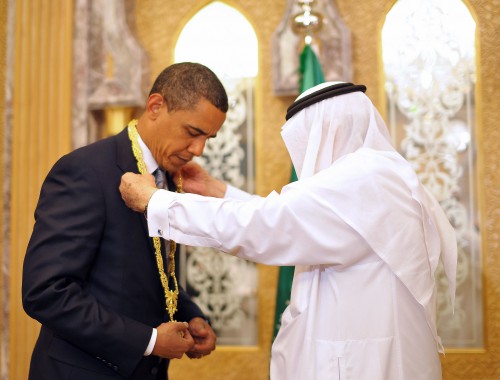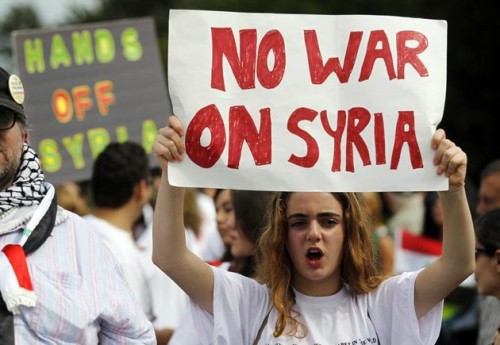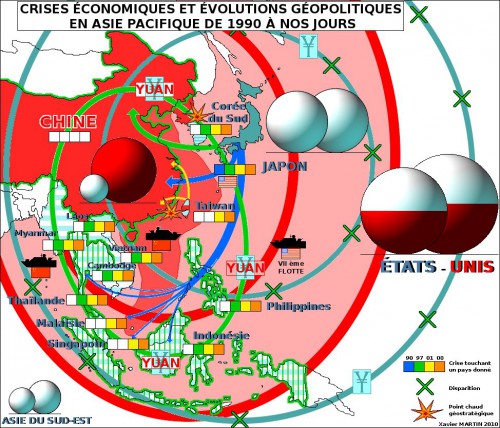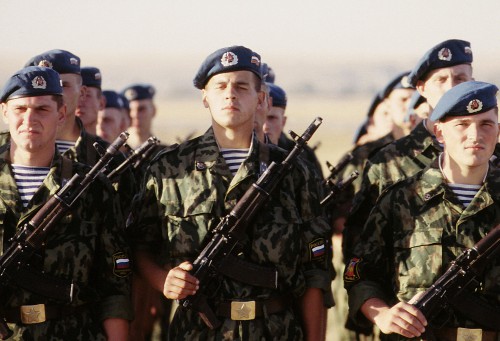Ex: http://paginatransversal.wordpress.com
[Aecio] Excelente entrevista que realiza la revista lituana Radikaliai a Alexander Dugin, donde con un toque más personal se habla del posible colapso del mundo occidental, la Cuarta Teoría Política y sus fundamentos, la situación actual del Eurasianismo de la mano de Rusia y la visión del mundo post-moderno que nos depara.
Mindaugas Peleckis: Estimado profesor ¿podríamos iniciar la conversación con su muy interesante biografía? Antes que nada ¿es cierto lo que está escrito en Wikipedia y otras fuentes oficiales? ¿Qué es verdad y qué no lo es? Padre que trabajaba en la GRU; nazi del círculo dirigido por E. Golovin; muchas perturbaciones políticas; un buen amigo del Sr. Putin…
Alexander Dugin: Todo es pura mentira. Ni Putin, ni nazi, ni padre en el GRU y así sucesivamente. Mi biografía es mi bibliografía (cf. J.Evola). No cambio nada en Wikipedia por dos razones:
1) Hay un grupo de administradores Wiki liberales que restablecerán de inmediato todas las mentiras para conservar la imagen peyorativa de mi persona (la guerra cibernética – es sólo una democracia, no es nada personal, pero la democracia es siempre una mentira).
2) El individuo (Yo mismo) no importa. Para mí, sólo importa la misión.
Hasta ahora no me siento inclinado a hablar de mi persona. Lea mis libros, forme su opinión personal acerca de mis ideas (primero) y la personalidad del autor (segundo – es opcional).
M. P.: De todas maneras lo principal a discutir en esta entrevista son sus ideas, las cuales considero bastante interesantes y de importancia global a medida que el mundo occidental parece estar colapsando. ¿Lo es? El fin de la civilización occidental se predijo bastante tiempo atrás. ¿Cuánto tiempo tenemos que esperar? ¿Hay algo que tiene que suceder? ¿La Tercera Guerra Mundial? ¿Revolución mundial? ¿Nada (significando el colapso como un proceso natural)?
A. D.: Yo más bien creo que no pasará nada, nada en absoluto. Eso es algo que es realmente terrible. La eternidad es el momento perpetuo del aburrimiento. Heidegger estudió en su obra “Die Grundbegriffen der Metaphysik” el fenómeno del aburrimiento profundo. Como la función existencial del Dasein moderno. El gnóstico Basílides describió al mundo después del fin como completamente equilibrado, el mundo sin ningún acontecimiento. Eso no quiere decir que no haya más eventos, significa más bien que no vivimos los acontecimientos como eventos. El colapso duradero es bien analizado por el escritor inglés Alex Kurtagić.
El verdadero problema viene cuando nadie percibe que es un problema. Así que estamos aquí. El Occidente es el centro del aburrimiento. No explota, más bien implosiona cada vez más y más profundo.
Tienen razón en que durará para siempre. El fin del mundo es la imposibilidad del mundo a acabarse. El mundo sin fin ya no es más el mundo, es la suma de los fragmentos sin sentido del todo inexistente. Estamos viviendo en las hipótesis 6-9 de “Parménides” de Platón – hay multitudes (πολλά), pero no hay ninguna unidad (ἓν). Tal mundo no puede existir (según los neoplatónicos). Estoy bastante de acuerdo con ellos, no con los medios de comunicación y la cultura prêt a porter o con los intelectuales hegemónicos.
M. P.: Usted publicó muchos libros – ni siquiera puedo contarlos ¿usted podría?. Recuerdo el primero que leí – era sorprendente- en 1999, sobre conspirología. ¿Usted cree en una conspiración global seria como Bilderberg/Masones/ Illuminati o cualquier otro que esté realmente pasando en este momento? Si es así, por favor explique cómo funciona y qué debemos esperar más adelante.
A. D.: No recuerdo la cantidad de mis libros, recuerdo su calidad. La calidad es muy diferente, ya que los libros fueron escritos para públicos diversos. La conspirología es descrita por mí como una especie de sociología primitiva. Para la sociología, hay un punto muy importante: lo que la sociedad piensa sobre lo que está sucediendo a su alrededor es importante, no menos de lo que sucede realmente o lo que los expertos científicos piensan. Así que estudiando las teorías de conspiración estudiamos la mente de la gente, los mitos, la cultura, los miedos, las estructuras gnoseológicas y cognitivas. La gente cree en conspiraciones. Eso significa que “existen” o ” subsisten ” (de acuerdo a la ontología diferenciada de Alexius Meinong).
M. P.: Se le considera como el padre del Eurasianismo y de la Cuarta Teoría Política. ¿Podría explicar los fundamentos de sus ideas?
A. D.: El Eurasianismo no ve a Rusia como país, sino como una civilización. Por lo tanto, debe compararse no con países europeos o asiáticos, si no con Europa o el islam o las civilizaciones hindúes. Rusia-Eurasia consiste en elementos modernos y pre-modernos, de culturas y etnias europeas y orientales. Esta identidad particular debe ser reconocida y reafirmada en el marco de un nuevo proyecto de integración. El eurasianismo niega la universalidad de la civilización occidental y la unidimensionalidad del proceso histórico (dirigida hacia el liberalismo, la democracia, los derechos humanos, la economía de marcado y así sucesivamente).
Hay diferentes culturas con diferentes antropologías, ontologías, valores, tiempos y espacios. El Occidente no es otra cosa que el mundo hipertrofiado e insolente con megalomanía. Es el caso más abyecto del hybris. La humanidad debe luchar contra Occidente con el fin de poner sus pretensiones en los límites legítimos. El mundo debe convertirse en lo que es -la provincia, el caso aislado histórico, la elección – no el destino universal y normativo o el objetivo común.
La Cuarta Teoría Política es la teoría que afirma:
1) Las tres principales ideologías políticas modernas (liberalismo, comunismo/socialismo, fascismo /nacionalsocialismo) ya no son adecuadas – así que tenemos que descartarlas todas, lo que significa no más liberalismo, socialismo, fascismo (chequee lo del fascismo y compare con lo que dicen de mí);
2) Necesitamos construir la Cuarta Teoría Política más allá, descartando las tres, y esta debe ser no-moderna (puede ser post-moderna, puede ser pre-moderna);
3) El sujeto de la Cuarta Teoría Política es el Dasein que Heidegger ha descrito en sus obras (no el individuo como en el liberalismo, ni la de clase como en el marxismo, ni la raza/estado como en el nacionalsocialismo/fascismo) – El Dasein debe ser liberado del modo inauténtico de la existencia;
4) El Dasein es plural y depende de la cultura, por lo que el mundo debe ser multipolar (cada cultura, etnia o religión tiene su propio Dasein – no son necesariamente contradictorios pero sí son diferentes)
5) Hacemos un llamado a la revolución mundial existencial de los Daseins – Daseins de las sociedades humanas unidas por la lucha contra hegemónica – en contra de la globalización occidental y el universalismo liberal, así como en contra de la dominación de Estados Unidos.
M. P.: La Unión Euroasiática se estableció hace varios años. Ahora parece que está en el limbo, aunque se puede ver que la parte oriental del mundo (China, Irán, etc.) es cada vez más fuerte mientras la occidental se debilita. ¿Sucede así? ¿Cuál es la situación actual con la Unión Euroasiática y cual que es su predicción para el futuro?
A. D.: La Unión Euroasiática es nuestra idea tomada por los burócratas de Putin. Creo que es la única manera de asegurar el futuro de Rusia y una condición indispensable para la multipolaridad. Rusia debe estar en el lado de las potencias no occidentales. Hay muchos problemas con la Unión Euroasiática, objetiva y subjetivamente. La hegemonía de Estados Unidos y la quinta columna en Rusia la sabotean activamente, y la ineficacia de la burocracia rusa empeora la situación. No obstante, se llevará a cabo, porque debe hacerse.
M. P.: Guerras y revoluciones suceden en todas partes actualmente… Malí, Siria, Palestina, Túnez… ¿Qué piensa acerca de la situación en el Magreb/Oriente Medio? ¿Terminará en un baño de sangre y con otros diez años de guerra?
A. D.: No, nunca va a terminar. Es el proyecto caótico patrocinado por el Occidente que está perdiendo su poder para controlar las sociedades no occidentales por otros medios. La sangre será derramada más y más. Sólo cuando todos los musulmanes apunten sus armas contra los occidentales y se unan a la batalla eurasianista final contra la hegemonía esta se detendrá. El Imperio sigue dividiendo, pero ya no puede controlar todo efectivamente. Así que empieza a dividir y eso es todo. No puede gobernar, sólo matar. Así que tenemos que devolver el golpe.
M. P.: ¿Cuál es su opinión sobre el Islam e Irán?
A. D.: Admiro Irán y admiro el Chiísmo y el Sufismo. Es una tradición espiritual que lucha en contra de la modernidad apuntando a su centro. Hay muchos tipos de Islam. Me gustar el Islam tradicional y tengo algunas dudas sobre la versión wahabista. Es una versión modernista y universalista del Islam, además que parece funcionar acorde a los intereses de Estados Unidos como una especie de unidad sub-imperialista. Así que apoyo el tradicionalismo en todas las religiones. Sin embargo, amo con mi corazón a Irán y a la tradición chií.
M. P.: ¿Qué mundo futuro (cercano y lejano) te gustaría ver? ¿Cuál es su visión?
A. D.: En la situación actual estamos desprovistos de futuro. Entiendo el futuro existencialmente como el horizonte de la auténtica existencia del Dasein, como Ereignis (acontecimiento/ser parte de), la llegada del último Dios (letzte Gott). Pero este futuro es incompatible con el Logos en descomposición de la historia occidental. El Occidente actual (Estados Unidos y parte de Europa) debe ser aniquilado y la humanidad debe ser reconstruida en un terreno diferente – en frente de la cara de la Muerte y el Abismo.
Debe haber un nuevo comienzo de la filosofía o… nada de nada. La misma nada como ahora, no se percibe más como tal. Así que el futuro no vendrá por sí mismo. Tenemos que hacerlo. Pero antes hay que destruir lo que es o parece ser.
M. P.: Como veo en Facebook y páginas de Internet, hay un montón de gente dispuesta a algún cambio revolucionario de paradigma en su mente, e incluso quizás a revoluciones físicas. ¿Son cambios reales que vienen a nuestro mundo? ¿Podría predecir cuándo y cómo?
A. D.: El cambio de paradigma es absolutamente necesario. No veo suficientes hombres y mujeres dispuestos a cambiarse a sí mismos y el mundo que los rodea. Pero veo algo. Es demasiado pequeño para la esperanza, pero demasiado grande para la desesperación. Me gustaría ver medidas más decididas y concretas. Es bueno que algunos comiencen a despertar. Obviamente el odio a Occidente, a la globalización, al consumismo, a los medios de comunicación, a las mentiras democráticas, a la basura de los derechos humanos, a la dictadura del capitalismo, a la llamada “sociedad civil” y a la dominación estadounidense es cada vez mayor. Así que debemos ir más allá. La vigilia significa la revolución y la guerra. Es poco probable que comience ahora. Pero deberían comenzar ahora mismo, porque mañana será demasiado tarde.
M. P.: Deseándole todo lo mejor y dándole las gracias por las respuestas, la última pregunta por ahora: ¿cuáles son las principales ideas en las que está trabajando actualmente?
A. D.: Algunos proyectos actuales son:
-El manual de Relaciones Internacionales para las universidades rusas.
-La teoría de mundo multipolar (publicada, pero aún en desarrollo).
-El desarrollo de la Cuarta Teoría Política.
-Estudios de Heidegger en el campo de la filosofía (He escrito dos libros sobre Heidegger ya y seguiré trabajando sobre el mismo tema).
-El tradicionalismo (Henri Corbin, el círculo Eranos – Recientemente he comprado todos los números de la Eranos Jahrbuch en Suiza).
-La sociología de la imaginación (en el estilo de G.Durand – Hice hace dos años el doctorado sobre el tema).
-Nuevos libros de geopolítica (geopolítica histórica de Rusia, las regiones del mundo, y así sucesivamente).
-Platonismo y neoplatonismo, eurasianismo (por supuesto).
-La teología ortodoxa.
-Antropología Social y etnosociología.
-Economía (vías alternativas).
-Estudios conservadores.
También:
-La enseñanza en la Universidad Estatal de Moscú (siendo jefe del departamento de Sociología de Relaciones Internacionales) – Relaciones Internacionales, Geopolítica, Etnosociología, Sociología.
-Conferencias (en todo el mundo)
-Asesorar al Gobierno ruso y el Parlamento (siendo miembro oficial del consejo de asesores del jefe del Estado del Parlamento, S. Narishkin).
-Dirigir el Movimiento Eurasiático Internacional
M. P.: Gracias.
A. D.: De nada
Fuente: The Four Political Theory



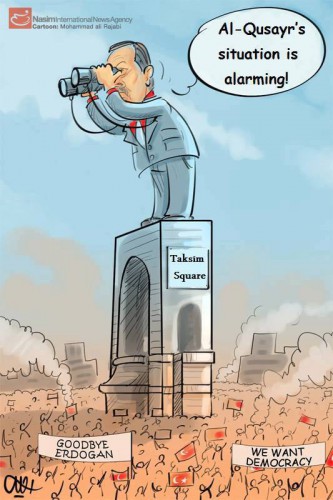

 del.icio.us
del.icio.us
 Digg
Digg

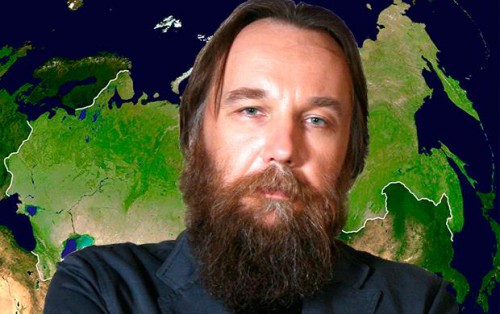
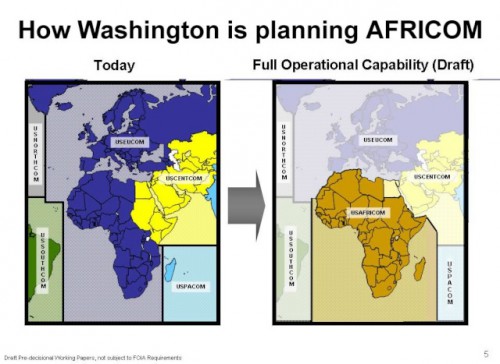

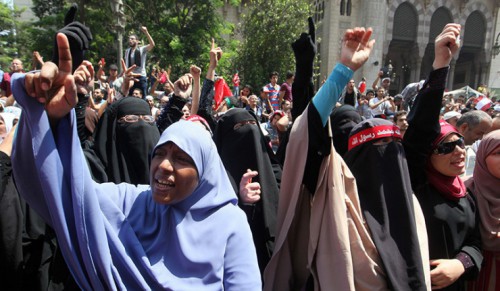
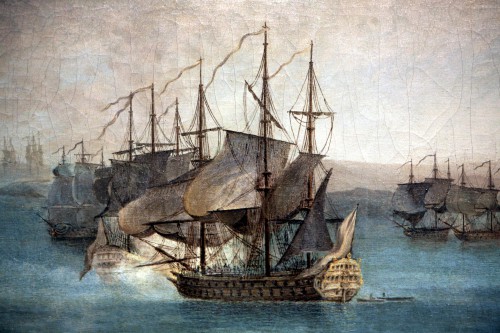
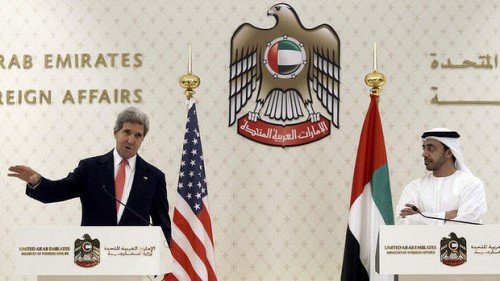
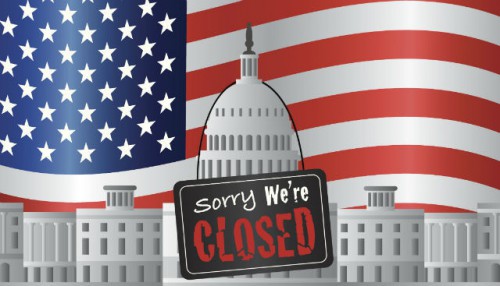
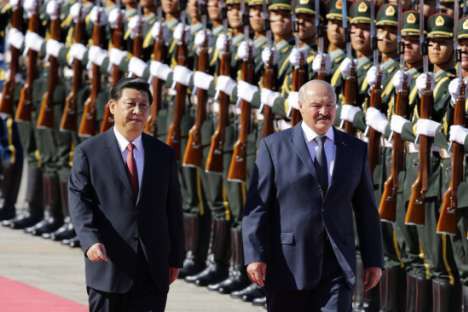

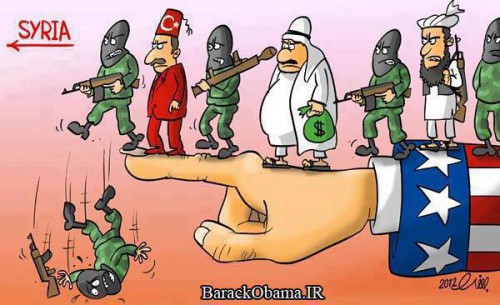







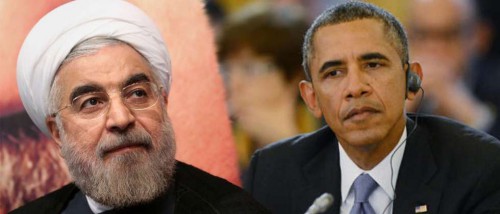
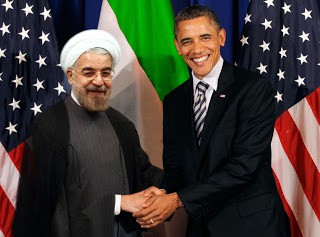 The Saudi spat with its historic Washington ally has several ways of playing out. Jilted over American «double standards» in the Middle East (how ironic is that?), senior members of the House of Saud, including intelligence chief Prince Bandar bin Sultan, have hinted that the oil-rich kingdom may shop elsewhere for its billion-dollar weapons toys that it traditionally sources from Washington. Given the parlous state of the US industrial economy, such a loss of exports in a key revenue sector, would be a nasty blow...
The Saudi spat with its historic Washington ally has several ways of playing out. Jilted over American «double standards» in the Middle East (how ironic is that?), senior members of the House of Saud, including intelligence chief Prince Bandar bin Sultan, have hinted that the oil-rich kingdom may shop elsewhere for its billion-dollar weapons toys that it traditionally sources from Washington. Given the parlous state of the US industrial economy, such a loss of exports in a key revenue sector, would be a nasty blow... 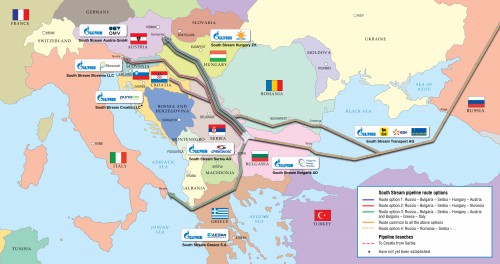

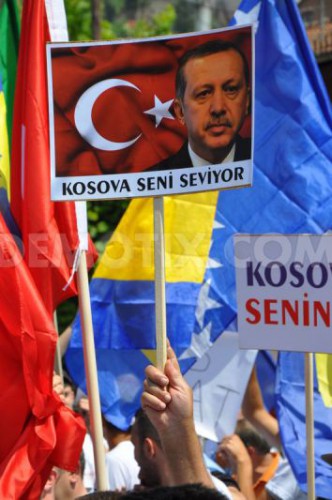 Les turcs ne se sentent certes pas européens mais ils sont en Europe physiquement déjà et de plus en plus. L’Europe s’est laissée entraîner par les Usa et l’Otan dans une guerre stupide contre la Serbie, contre le dictateur Milosevic pour les gentils kosovars.
Les turcs ne se sentent certes pas européens mais ils sont en Europe physiquement déjà et de plus en plus. L’Europe s’est laissée entraîner par les Usa et l’Otan dans une guerre stupide contre la Serbie, contre le dictateur Milosevic pour les gentils kosovars.

